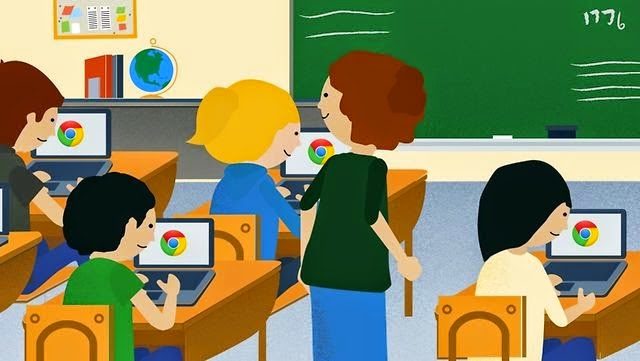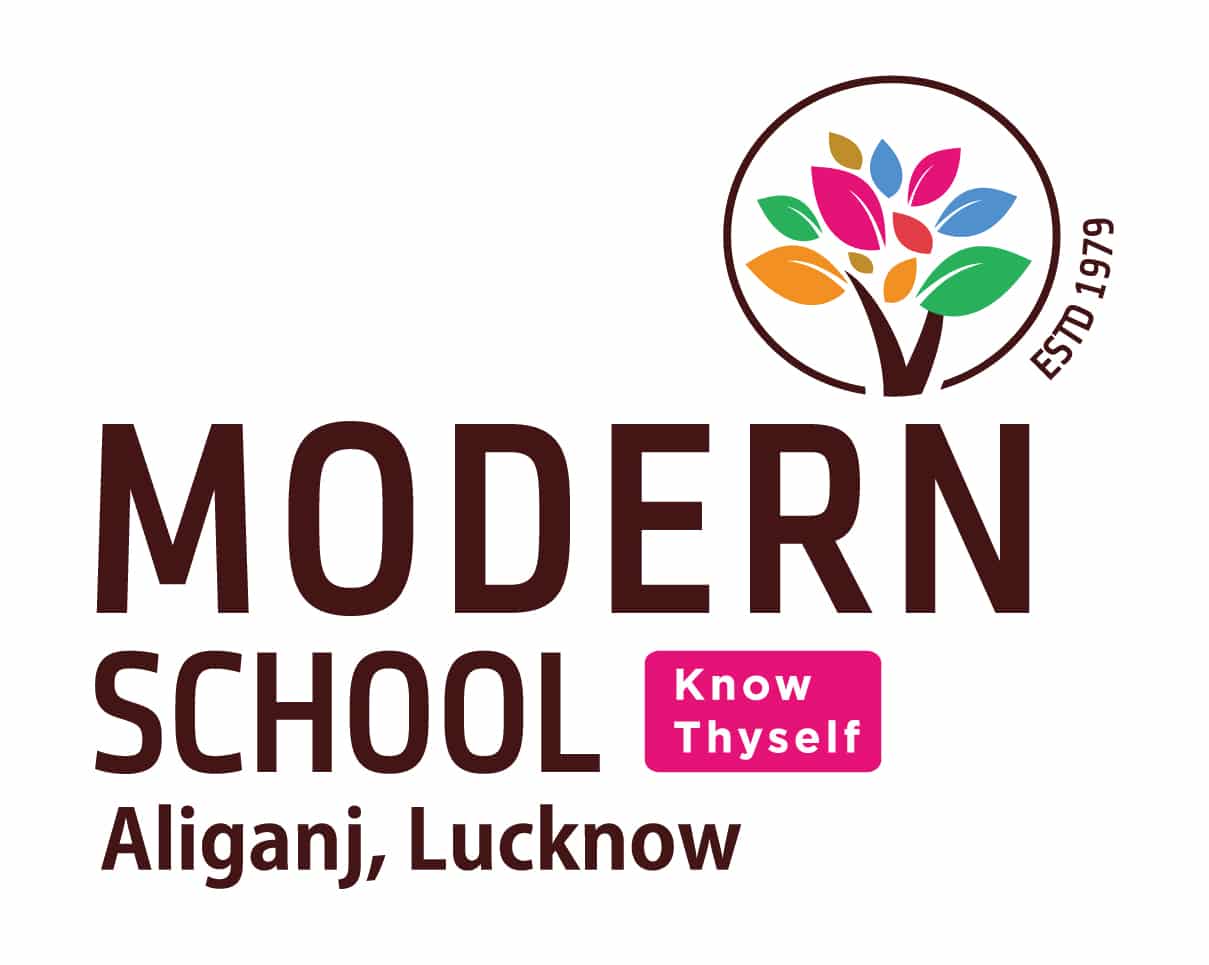Imitation Learning Vs Real Learning

There are various teaching learning processes practised in schools. Some of these impart imitation learning and others a real learning.
Imitation learning occurs when the child does not understand the concept as it is and so cannot apply learning to other processes and systems of life. Imitation learning is for pretending to know enough to fool the examiner, so that an examination is passed. Imitation learning aims for a specific exam success. It is half baked knowledge, forgotten after the exam. Imitation learning is fictitious empowerment, without having the real strength.
Real learning is development of skills, independence of thinking and new learning with initiative for enquiry, responsibility, self-management and social skills as parts of the design of the curriculum. Real learning involves all the senses and links the words in the book with the real life experiments, models, activities etc. It is the building of understanding, skills and attitudes which is genuine empowerment of the child for lifelong success. Real learning is education for life.
An example of imitation learning:
The teacher teaches the concept of oxidation to grade VII. She orally tells and writes the definition of oxidation on the blackboard. Then the conditions for its happening are told by the teacher and the chemical equation and its variations are dictated. After that the exam date is given. The child memorises the same and scores marks according to the degree of accuracy of reproduction of crammed concept on the answer sheet. The child has been taught only for covering syllabus & passing exams. The child learns to be fearful of exams and the subject, because it is a situation of a deaf & dumb person who is taught to play piano. He understands nothing about good music, memorises the same, but is full of anxiety about notes going wrong.
An example of real learning:
The teacher writes the word ‘oxidation’ on the blackboard and cuts an apple into two halves and puts it on her table. Soon the apple gets a brown coating. The teacher points this fact to the children and says that this is oxidation. In this way she gives evidence of oxidation to the child’s senses of knowing (gyanindiryan in Sanskrit). Then she indicates that the word oxidation has something to do with oxygen and asks what it could be. She arouses curiosity and arrests the children’s attention & interest in the topic. Then she asks which element is present in apple and then discusses the chemical equation of oxidation. She draws students’ attention to a rusted nail and shows the brown powdery substance i.e. iron oxide. The exploration of the topic veers towards what could be done to prevent oxidation, what could be other examples of oxidation, etc. The lesson ends with the HOTS (Higher Order Thinking Skills) questions for research & experimentation e.g. ‘Find four different ways to prevent oxidation of apple different metals by exposure to atmosphere.’ The child thus learns the process of Oxidation, not only for exams, but for life. As he understands the topic, he learns it without parrot learning or cramming. He learns to enjoy learning, becomes creative and enterprising and gains confidence to learn on his own.
The process of learning can be transmitted to all issues of life throughout life. When the words learnt are connected to real experiences, there is no linguistic insanity. Words and evidence are connected. Thus there is no stress of cramming without understanding. In this way, learning is without any imposition and is a natural process. On growing up the child will be an independent thinker, enterprising, self-confident, discoverer, inventor and creator. He will not lose heart after any failure but will analyse the reasons and move on with new plan of action. Vidyatree & IB programs aim at education for life.

Leave a Reply
You must be logged in to post a comment.